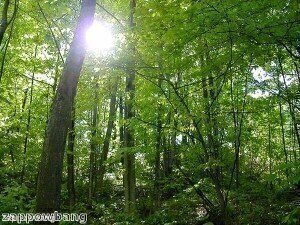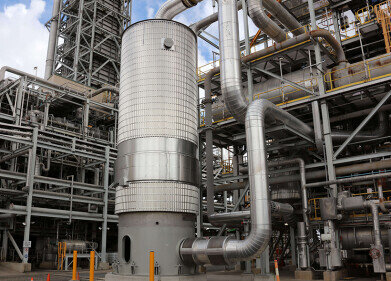Air Clean Up
Scientists uncover nitrogen air pollution damages forest floors
Jun 12 2012
Scientists at the universities of Michigan and Idaho have discovered, following research, that air pollution caused by excessive nitrogen in the atmosphere is damaging the eco-systems of sugar maple forests.
The century-long study will measure just how increased nitrogen in soil will affect sugar maple forests.
Researchers added extra nitrogen to forests throughout the Michigan area in order to see how they react to the predicted pollution levels of 2100.
The emission of nitrogen, scientists found, was a major contributory factor to the slowing-down of decayed leaf litter on forest floors, causing it to damage the make-up of the forests.
This may not sound like a terribly damaging outcome, indeed it can actually store more carbon for the atmosphere, but it also reduces levels of runoff, biodiversity and results in fewer tree seedlings.
This is because sugar maple seedlings in particular have a hard time stretching through a bulkier forest floor in order to reach soil and sunlight.
"We were curious as to where all this nitrogen was going," Alan Talhelm, a researcher at the University of Idaho, told the Great Lakes Echo.
Donald Zak, a professor at the University of Michigan, added: "The extra nitrogen we’ve been adding has slowed the decay of sugar maple leaf litter, and that’s caused the forest floor to build up and get thicker."
Zak added: "In the experimental plots that receive extra nitrogen, there are fewer sugar maples regenerating."
While the younger, weaker sugar maples fight to take root and grow in the forests, it was found to be a very different story for older trees as they were found to grow taller in the increased-nitrogen plot.
This is because nitrogen is usually the first nutrient used up by plants in sugar maple forests, meaning that any excess available can, and does, help the trees grow faster.
Researchers found this can create a carbon sink.
This is seen when older trees grow taller and the leaf litter decays slowly, meaning that more carbon is stored in the forest and not in the atmosphere.
This is not only a positive for slowing global climate change but researchers also suggested it may be a plus point for the forest products industry too.
Posted by Lauren Steadman
Events
May 05 2024 Seville, Spain
May 13 2024 Munich, Germany
May 23 2024 Beijing, China
May 23 2024 Beijing, China
Jun 10 2024 Algiers, Algeria














